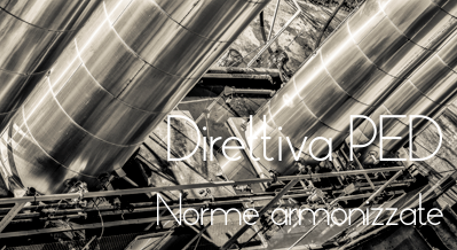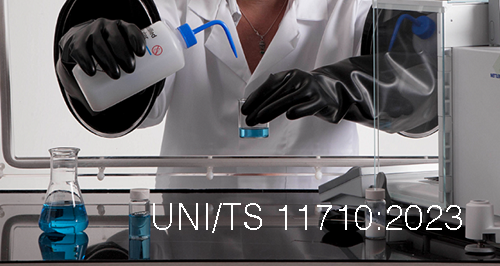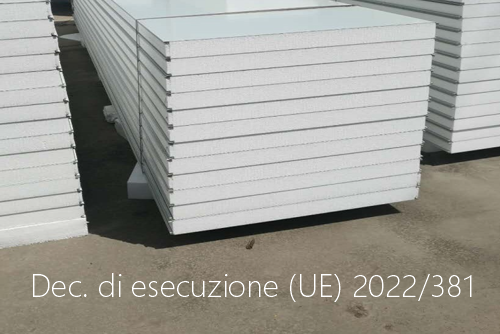Informazione tecnica HSE / 25 ° anno
/ Documenti disponibili:
45.653
/ Documenti scaricati: 34.692.234
/ Documenti scaricati: 34.692.234

3a Comunicazione di norme armonizzate per la Nuova Direttiva PED 2014/68/UE entrata in vigore il 20 Aprile 2016.
Comunicazione 2018/C 049/01 del 9 Feb...

ID 20667 | 27.10.2023
UNI/TS 11710:2023 Cappe per la manipolazione di sostanze chimiche - Valori limite per contenimento, velocità f...

Decisione di esecuzione (UE) 2022/381 della Commissione del 4 marzo 2022 che modifica la decisione di esecuzione (UE) 2019/450 per quanto riguarda la pubblicazione...
Testata editoriale iscritta al n. 22/2024 del registro periodici della cancelleria del Tribunale di Perugia in data 19.11.2024